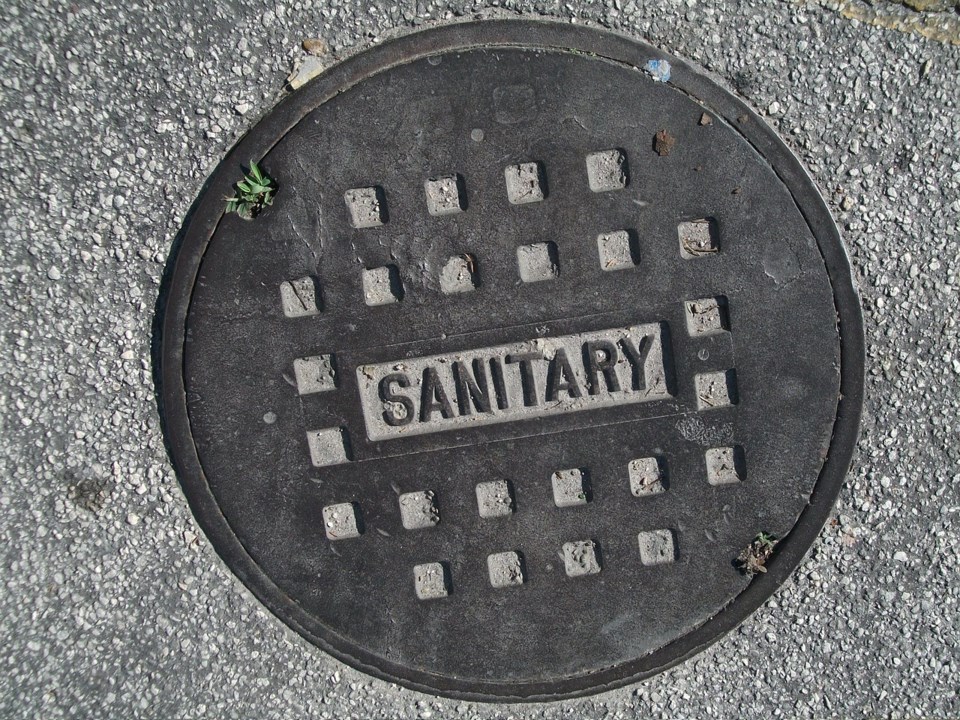MELFORT — A new sanitary sewer master plan for Melfort aims to provide a guide so that future projects are built on time and on budget.
Lydia Steffen, the city’s director of public works, reported on the plan at the Feb. 27 Governance and Priorities Committee Meeting.
The City of Melfort’s engineering consultant, Catterall & Wright, completed the plan in support of the city’s infrastructure planning goals. This plan was part of the city's overall infrastructure planning and engineering budget of $300,000 which was approved in 2022.
Steffen said in her report a sanitary sewer infrastructure master plan was required to provide direction for upcoming decisions regarding improvements to existing infrastructure and the future development of the city. Without these guiding documents, there is an increased risk of capital projects being over budget and behind schedule due to insufficient knowledge about the existing infrastructure.
Steffen said the city plans to start the short-term priorities and program development in 2024. Plans to establish a lift station inspection routine are in progress. Recommendations include:
Short-term recommendations (within five years)
- Complete flushing and video inspection on main sewer trunks (approx. 4.57 kilometres).
- Begin removal of household weeping tile connections in areas of concern.
- Replace brick manholes in areas of concern to reduce groundwater infiltration.
- Create an updated CAD drawing of the existing lagoons defining the routes of flow and operation of the lagoon system.
- Inspect all lift stations and components to establish an asset condition rating.
- Implement a flow monitoring program to collect more data about system performance to refine hydraulic model of the sanitary system.
Medium Term Priorities (5-10 years)
- Conduct a camera inspection of all pipes in the areas of concern (approximately 17.75 km)
- Remove household weeping tile from entire system.
- Remove roadway weeping tile in areas of concern.
- Create a manhole replacement program with the intention of remove all brick manholes in the city to reduce ground water infiltration.
- Regrade roadways to get sanitary manholes out of “low” points, where storm water is likely to collect and enter the system.
- Complete lift station upgrades based on condition assessments.
Long Term Priorities (15-20 years)
- Complete camera inspection of entire system.
- Remove all roadway weeping tile connections.
- Begin upsizing pipes in areas of concern to accommodate future growth and/or reduce the number of lift stations in the system.
“Melfort is not unique regarding the condition of our sanitary sewer system, and the issues associated with an aging infrastructure and budget restraints,” Steffen said.
The city will see cost savings through implementation of the short-term priorities and improve the longevity of their infrastructure while finding operational efficiencies.
Included in the study was also an assessment of the wastewater treatment lagoon system to confirm its capacity for the current population and its effective treatment of sewage. Using the updated Water Security Agency design standards, the City of Melfort’s lagoon system capacity was reassessed and found to be adequate for the current population, with available capacity to serve a population equivalent to 9,000 people in the future (given any extra infiltration is addressed). However, the lagoon infrastructure is aging and requires continued maintenance (such as dredging).
Steffen’s report said the financial implications of the replacement of sewer lines is approximately $5,000 per linear metre. The manhole replacement will depend on the exact number of brick manholes that currently exist in the city and require replacement is unknown at this time. The approximate cost of replacing a manhole is $800 per vertical metre. Camera inspection cost to inspect a sanitary sewer line with a remote camera can cost up to $20 per linear metre of pipe, depending on the condition of the line and its size. The cost of inspecting the sanitary lines using city crews and equipment would be lower in comparison.




